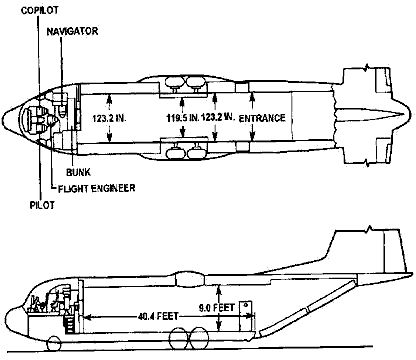- Joined
- 27 September 2006
- Messages
- 6,074
- Reaction score
- 6,188
I remember as a boy seeing my first image of the HS681 in the 1968 RAF programme book, a drawing by John Young. I was puzzled why the RAF had ended up with the C130K Hercules instead.
In the 70s I was fascinated by the US competition to "replace" the Herk with two designs. The YC15 looked remarkably similar to the HS681.
Years later and I often go past RAF Brize Norton and see the A400s that eventually replaced the Hercules. I wonder what my 12 year old self would have made of the fact that it too has propellers.
Looking back I have always wondered what might have been? If the HS681 had been a simpler design? If Japan could have built a bigger Kawasaki C1? If the YC15 had been built as a smaller C17?
The Soviet Union managed it. As I commented in another thread they had the brilliant Il76.
In the 70s I was fascinated by the US competition to "replace" the Herk with two designs. The YC15 looked remarkably similar to the HS681.
Years later and I often go past RAF Brize Norton and see the A400s that eventually replaced the Hercules. I wonder what my 12 year old self would have made of the fact that it too has propellers.
Looking back I have always wondered what might have been? If the HS681 had been a simpler design? If Japan could have built a bigger Kawasaki C1? If the YC15 had been built as a smaller C17?
The Soviet Union managed it. As I commented in another thread they had the brilliant Il76.






